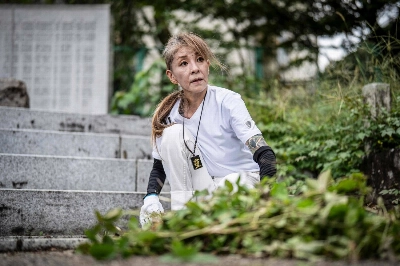The law for making the nation more resilient against natural disasters, approved by the Diet in December, calls on the central and local governments to compile plans to guard against the worst possible disasters such as earthquakes, tsunami, floods and landslides, so as to minimize the human and material damage from the disasters and provide for speedy recovery and reconstruction.
A basic plan adopted by the Abe administration in June, which needs to be reviewed every five years under the law, says the concentration of population, resources and economic activities in the greater Tokyo area should be reversed and redistributed to other parts of the country, so that the nation can survive massive disasters including a severe quake that is expected to directly hit the metropolis, or one that could occur along the Nankai Trough off central and western Japan.
The plan calls for building alternate railway and expressway routes, efforts to make more houses and buildings quake-resistant, development of new homegrown sources of energy, and so forth. One question will be how to pay for all these projects under the nation's strained fiscal conditions.

















With your current subscription plan you can comment on stories. However, before writing your first comment, please create a display name in the Profile section of your subscriber account page.